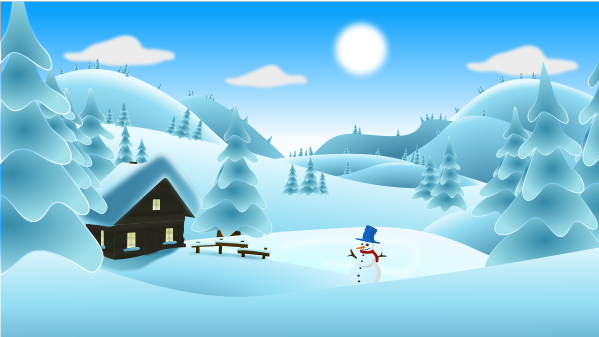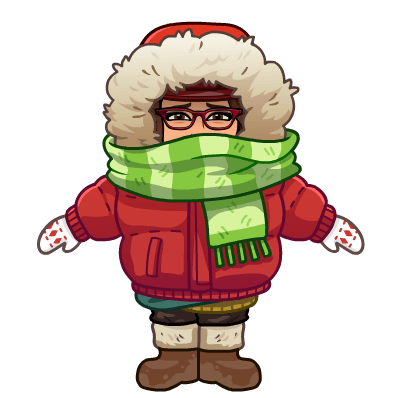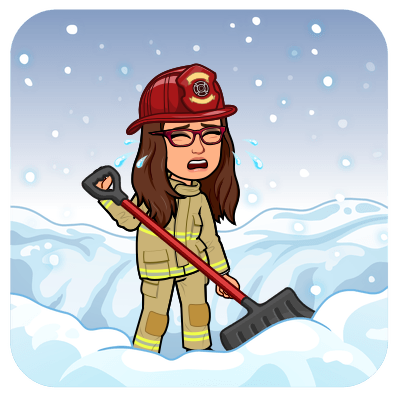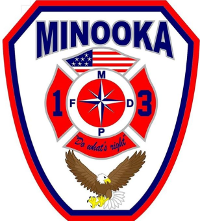
- Our furnace has been inspected and serviced by a qualified professional during the last 12 months. (A furnace should be serviced at least once a year.)
- Our chimneys and vents have been cleaned and inspected by a qualified professional. I have checked for creosote built-up. (Not cleaning your chimney is the leading cause of chimney fires from built up creosote. This service needs to be done at least once a year.)
- Our wood for our fireplace or wood stove is dry, seasoned wood.
- Our fireplace screen is metal or heat-tempered glass, in good condition and secure in its position in front of the fireplace.
- We have a covered metal container ready to use to dispose cooled ashes. (The ash container should be kept at least 10 feet from the home and any nearby buildings.)
- Our children know to stay at least 3 feet away from the fireplace, wood/pellet stove, oil stove or other space heaters.
- Our portable space heaters have an automatic shut-off.
- Our portable space heaters will be plugged directly into an outlet (not an extension cord) and placed at least three feet from anything that can burn; like bedding, paper, walls, and even people. (Place notes throughout your home to remind you to turn off portable heaters when you leave a room or go to bed.)
- We have tested our smoke alarms and made sure they are working. (You need smoke alarms on every level of the home, inside each sleeping room and outside each separate sleeping area. For the best protection, the smoke alarms should be interconnected so when one sounds, they all sound.)
- We have tested our carbon monoxide alarms and made sure they are working. (Carbon monoxide alarms should be located outside each sleeping area and on every level of the home.)

Dress for Success
Children can face risks associated with dangerously cold temperatures even on days when the weather isn’t quite bad enough for school to be cancelled. Whether your little ones are walking to school, waiting at the bus stop or heading outside to play, be sure they’re dressed appropriately.
Follow these tips to protect your children when low wind chill values are in the forecast:
- Children should be dressed in multiple layers of warm, lightweight clothing, and should typically wear one more layer than an adult would wear under the same conditions.
- Prevent heat loss through your child’s head with a hat or hood, and cover their mouth with a scarf to protect their lungs. Tuck the ends of the scarf inside their jackets to prevent them from strangulation. The ends can easily get caught on playground equipment.
- Take extra caution when it comes to fingers, toes and other extremities prone to frostbite.
- Mittens (or “glittens”) are better at protecting hands from the cold than gloves. Choose a pair that is banded at the wrist.
- Coats, boots, hats and mittens should be insulated and water-repellant.
- Keep an extra set of clothes, socks and shoes in your car and at your child’s school in case their original outfit becomes damp.
The dangers of low wind chill values are easy to overlook, especially when there’s no snow on the ground, but these hazards should be taken just as seriously as other winter weather conditions. Take the proper precautions to protect your children, your pets and yourself, and remember to check on elderly neighbors and loved ones.
Shoveling Safety and Injury Prevention
Clearing snow and ice from driveways and sidewalks is hard work and not the funnest job. To prevent injuries, follow these safety tips from the National Safety Council, the American Academy of Orthopaedic Surgeons, and other prevention organizations.
- Dress warmly, paying special attention to feet, hands, nose, and ears.
- Avoid shoveling snow if you are out of shape. If you have a history of heart trouble, do not shovel snow unless your doctor says it’s okay.
- Do light warm-up exercises before shoveling and take frequent breaks.
- If possible, push snow in front of you. If you have to lift it, pick up small amounts and lift with your legs, not your back. Do not toss snow over your shoulder or to the side.
Use caution when shoveling wet snow, which is much heavier than the dry, fluffy snow. Some heart attacks are sudden and intense. They can start out slow with mild pain or discomfort. Often, people affected aren’t even sure what’s wrong and wait too long before getting help. So, listen to your body. It places a sudden demand on the heart. Many people who don’t get a lot of exercise and try to shovel a lot of snow, can put a lot of strain on their heart. Cold air causes blood vessels to constrict and arm work is more taxing on the heart than legwork.
Here are a few tips:
- If you have heart problems, talk with your doctor. In some cases, a snowblower might be a safer option.
- Warm your muscles by walking before you begin.
- Avoid caffeine and nicotine, because they can increase the heart rate.
- Stay hydrated.
- Wear layers. Remove top layers when you get hot.
- Wear the right shoes.
- Choose a smaller, lighter shovel. Plastic, of course, is lighter than metal.
- Pace yourself.
- If you experience chest pain, difficulty breathing, pain down one or both arms, call 9-1-1 immediately.


